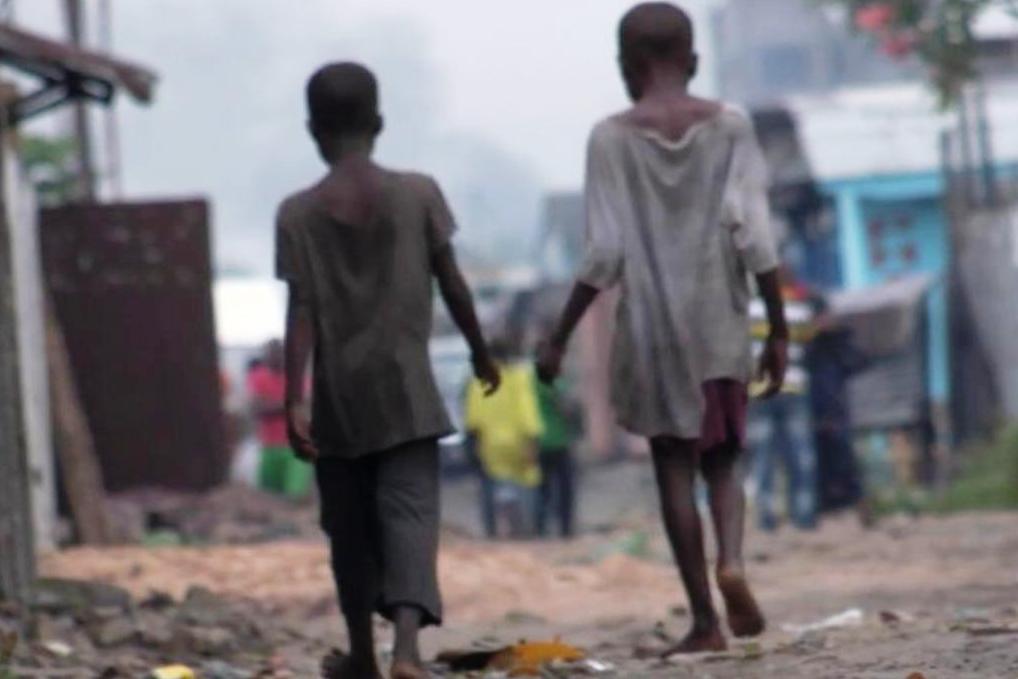
Street Children: A Complex Social Issue
Street children represent a complex social issue that deserves particular attention. Often coming from disadvantaged backgrounds, these children may face multiple challenges, including poverty, violence, neglect, and a lack of family support.
Here is an overview of this issue as well as the support initiatives implemented to assist them:
- The Reality of Street Children
Street children live in precarious conditions. They are often exposed to dangers such as violence, exploitation, begging, and substance abuse. Their lack of familial support leaves them particularly vulnerable. According to studies, several thousand children worldwide live on the streets, and this situation can have lasting consequences on their physical and mental health.
- The Causes of Homelessness
The reasons why children end up on the streets are varied:
- Extreme Poverty: In many countries, poverty is a major driving force. Children often flee unbearable living conditions.
- Family Conflicts: Abuse, neglect, or family breakdowns can push them to leave home.
- Natural Disasters: Climatic events can destroy homes and force families apart.
- Migration: In some cases, children migrate alone in hopes of a better life, often facing enormous dangers along the way.
- Aid Initiatives and Support Programsa. Government Programs and NGOs
Many non-governmental organizations (NGOs) and government programs are dedicated to helping street children. Their actions include:
- Providing Shelters: Emergency centers offer temporary housing and support for basic needs.
- Education and Training: Educational programs are established to reintegrate children into the school system or provide vocational training.
- Psychological Support: Street children often need psychological assistance to overcome trauma.b. Awareness and Advocacy
It is crucial to raise public and policymakers’ awareness of the realities faced by street children. This includes:
- Awareness Campaigns: Initiatives to inform about the situation of street children and mobilize resources.
- Advocacy for Public Policy: Encouraging governments to develop protective policies and stricter laws against the exploitation of children.
- The Role of Communities
Communities play a vital role in assisting street children. Local initiatives such as mentoring programs, foster care, and support groups can help create a family-like environment for these children.
Conclusion
Street children represent a painful reality that requires a collective response from governments, NGOs, and communities. By collaborating to implement sustainable solutions, we can help restore hope and dignity to these vulnerable children. Awareness and action are essential to change their destinies and positively integrate them into society.





Thanks in support of sharing such a fastidious thought, piece of writing is
fastidious, thats why i have read it completely
wonderful issues altogether, you simply received a new reader.
What would you suggest in regards to your submit
hat you just made a few days in the past? Any certain?